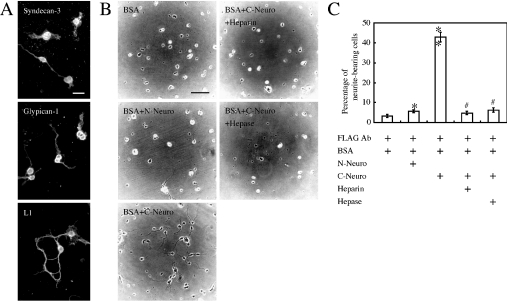Figure 7. Neurite outgrowth from mouse cerebellar granule cells on recombinant neurocan substrate.
(A) Cerebellar granule cells from neonatal mice aged 6 days were cultured on poly-D-lysine-coated glass slides for 48 h. The cells were immunostained with anti-syndecan-3 antibodies or anti-glypican-1 antibodies. The cells were also immunostained with antibodies against cell adhesion molecule L1, as a marker for cerebellar granule cells. As a control, the cells treated with normal goat IgG did not exhibit any positive reactivity (results not shown). Scale bar, 20 μm. (B) For the neurite outgrowth assay, the wells were coated with anti-FLAG antibodies only or coated with FLAG-tagged recombinant N- or C-terminal neurocan fragment via anti-FLAG antibodies. To examine further the effect of the heparan sulphate chains, the granule cells were cultured on the C-terminal neurocan fragment-substrate treated with heparin (10 μg/ml) or on the same substrate in the presence of heparitinase I (0.1 unit/ml). The granule cells from neonatal mice aged 6 days were cultured on these substrates for 48 h. These experiments were repeated three times and images from a typical experiment are shown. Scale bar, 100 μm. (C) The percentage of neurite-bearing cells is presented as the means for triplicate determinations. Error bars represent the S.E.M. *P<0.05, **P<0.001, compared with the neurocan-uncoated wells. #P<0.001, compared with recombinant C-terminal neurocan fragment-coated wells. FLAG Ab, anti-FLAG monoclonal antibody; N-Neuro, FLAG-tagged recombinant N-terminal neurocan fragment; C-Neuro, FLAG-tagged recombinant C-terminal neurocan fragment; Hepase, heparitinase I.

